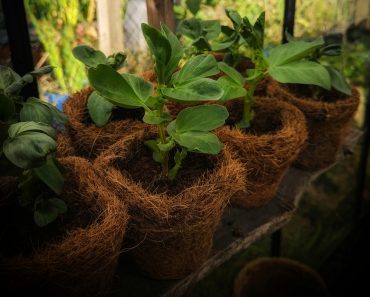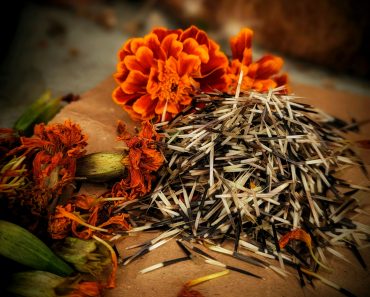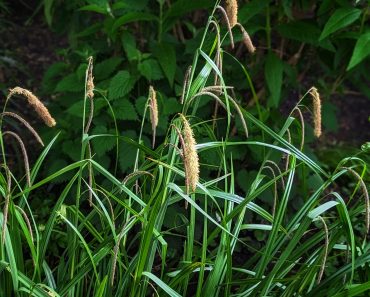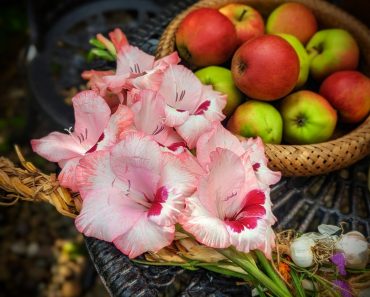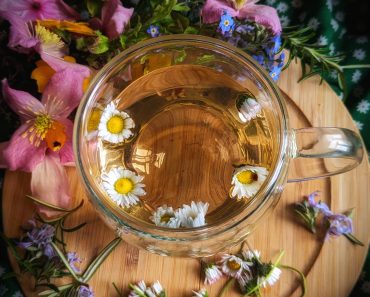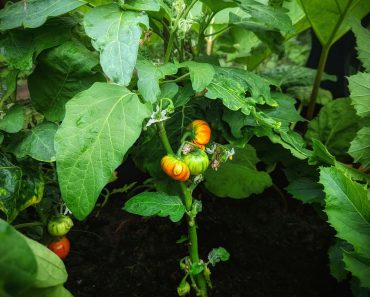Comfrey (Symphytum officinale) is a perennial plant with Vibrant purple flowers and an excellent candidate for growing in pots or a cottage garden. But that’s not all! Comfrey is so much more than a pretty plant! Read on to learn about the wonders of Comfrey!…
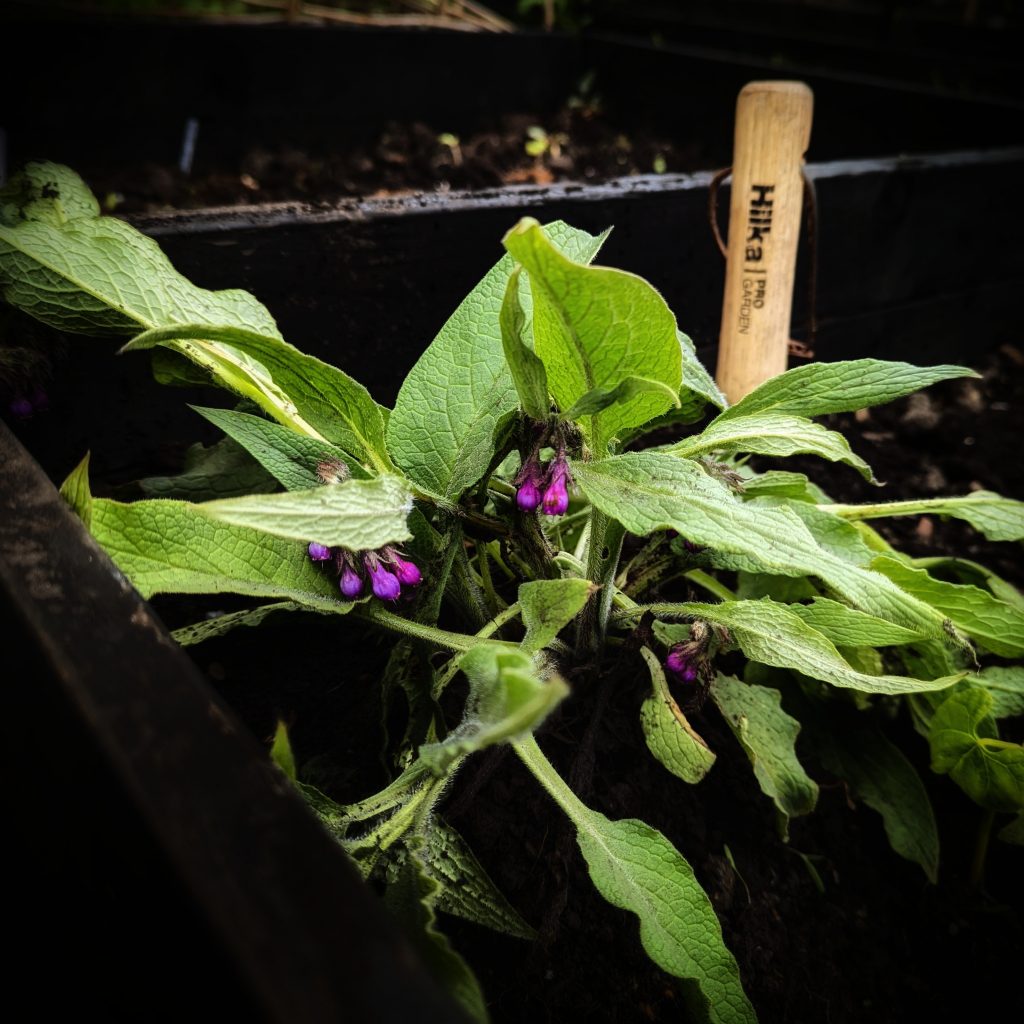
This post may contain Affiliate links please see my disclosure policy
Comfrey Characteristics
Comfrey grows in clumps and can grow to heights of 120cm and a Spread of 150cm. Attached to thick hairy stems are large, oblong, pointed dark green leaves with a hairy-like texture. In late Spring the Comfrey plant will develop bell like flowers that dangle from drooping stems.
Comfrey History
Comfrey (Symphytum officinale) goes way back! It is thousands of years old and has gone by many names… including, boneset, knit back, bruisewort, slippery root, black wort, salsify, knitbone, ass ear, wall wort, gum plant, or simply- healing herb. The genus name Symphytum is from the Greek word sympho which means ‘to unite’. The common name Comfrey is derived from the Latin word meaning confirmare meaning ‘to join together’. These two descriptions of the plant were born from how Comfrey was once used on the Battlefield….
Comfrey on the Battlefield
Comfrey in Ancient times and right up to World War II was used as a medicinal aid. Soldiers would make a compress or poultice from the Comfrey plant and apply it to fractures, broken bones, burns, and bruises. Comfrey was well regarded due to its miraculous ability to speed up the healing process…the soldiers called it, Boneset, bruisewort and knitbone for that very reason.
Nicholas Culpeper’s thoughts on Comfrey
The World Renowned English botanist, herbalist, physician and astrologer Nicholas Culpeper had this to Say about Comfrey in ‘The English Physitian’ published in 1652 ….“It is said to be so powerful to consolidate and knit together; that if they be boyled with dissevered pieces of flesh in a pot, it will join them together again, and a Syrup made thereof is very effectual for all those inward Griefs and Hurts; … and for outward Wounds and Sores in the Fleshy or Sinewy part of the Body whatsoever … A Decoction of the Leaves hereof is available to all the purposes, though not so effectual as the Roots.”
He goes on to Recommend comfrey for other problems… “Spitting, pissing Blood, Inward Wounds & Bruises, Phtisick, Bloody Flux, Terms stops, Whites, Nervs cut, Muscles cut, sharp Humors, Wounds, Ruptures, broken Bones, Knotted Breasts, Hemorrhoids, Inflamation, Gout, Pained Joynts, and Gangreans.”
Comfrey Today
Today we know much more about Comfrey and its potential contraindications. Comfrey contains chemicals called pyrrolizidine alkaloids, which can cause severe liver damage. Despite this fact some people still continue to use Comfrey for healing bruises, sprains and osteoarthritis. I would rather be safe than sorry, so I do not use Comfrey for any medicinal purpose, internally or topically… So, what do I use it for?
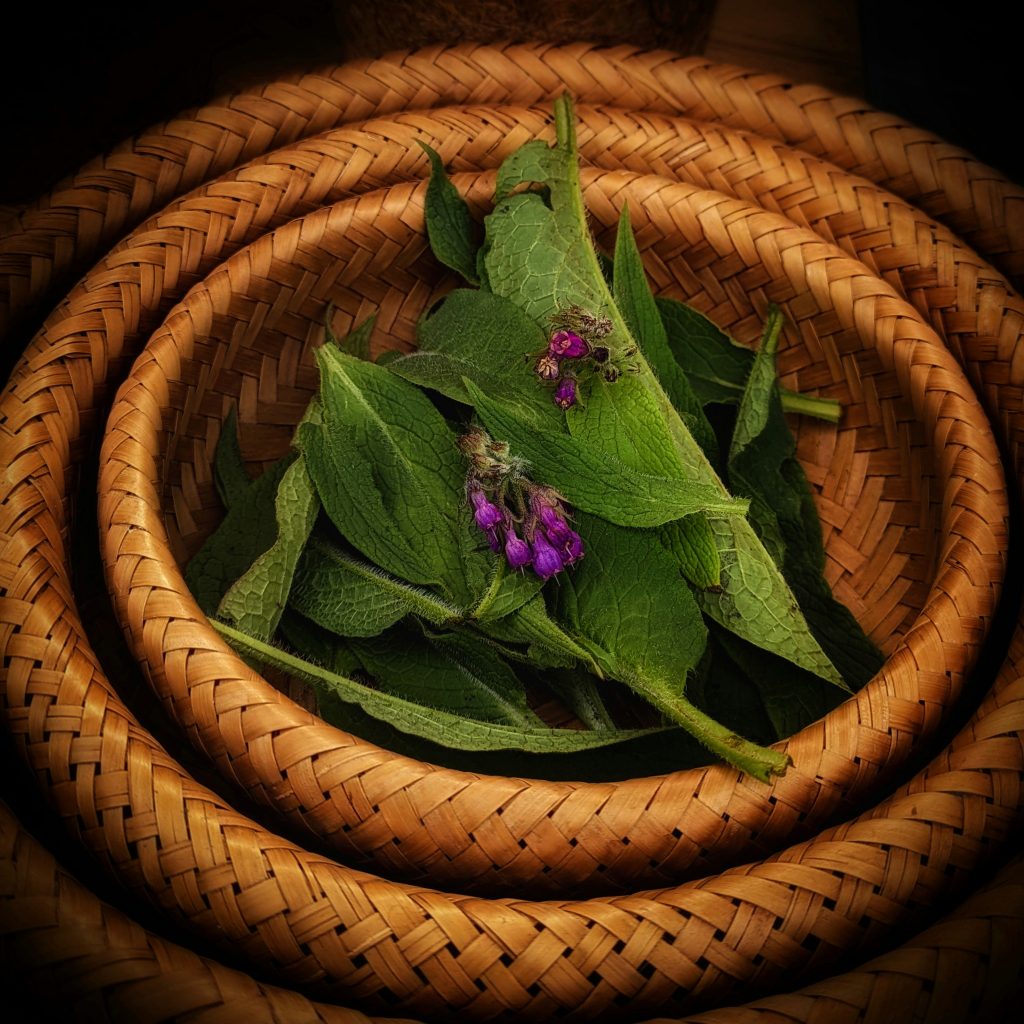
5 Reasons To Grow Comfrey
1. Free Fertiliser!
Comfrey is very High In Phosphorus, Nitrogen and Potassium, 3 important elements that make a fertiliser great! When Comfrey Leaves decompose they turn into a liquid which feeds the soil adding precious nutrients. Plant leaves in the bottom of a planting hole to act as a slow-release fertiliser. They will gradually impart nutrition to the growing plant as they decompose.
2. Make a Comfrey Mulch and a Snail and Slug Deterrent!
Chop up comfrey leaves, allow them to wilt for a few hours, then dig them into the top of soil…the snails and slugs find them Irresistible! They will feed on them and not your plants! Thanks to Comfrey leaves being high in phosphorus, they make a great mulch/food for fruit-bearing plants such as Peppers and Tomatoes too.
3. Compost Accelerator!
Probably the most Common use for Comfrey is to help breakdown Compost quicker! Comfrey leaves are high in nitrogen, but when comfrey leaves are added to the compost heap and they begin to turn brown and die down, the carbon content within the leaves increases and creates a level balance of carbon-to-nitrogen, which in turn helps to heat the heap and speed up the overall rotting time and composting process.
4. Pollinators Love It!
Those little purple bells aren’t just for show! They attract all kinds of wonderful pollinators to the garden, namely Bees.
5. Save The Bark!
Comfrey is wonderful for healing Bark after damage. Making a poultice of comfrey leaves then wrapping it around damaged bark can encourage regrowth and healing.
How To Make a Bark Poultice from Comfrey leaves –
- Chop up 1 handful of comfrey leaves
- Add 2 tablespoons of Flour
- Add 2 tablespoons of water
- Mix until you have a thick paste
- place a dollop of Comfrey Paste on a long piece of cling film
- Hold the comfrey paste in the cling film against the injured part of the bark. Then Wrap the Cling film around the branch, securing in place.
How To Grow Comfrey From Seed
Affiliate Links
Sow seeds indoors or under glass March-April or September-October
- Sow seeds in pots, modules or trays around 1cm deep
- Place on a Sunny Windowsill, cover with a propagator lid or cling wrap
- When large enough to handle prick out and pot on into individual pots
- Plant Out once all risk of frost has passed. Be sure to harden off indoor raised seedlings first. *For Autumn Sown Comfrey seeds-Overwinter seedlings under cover during their first winter, plant out in late spring
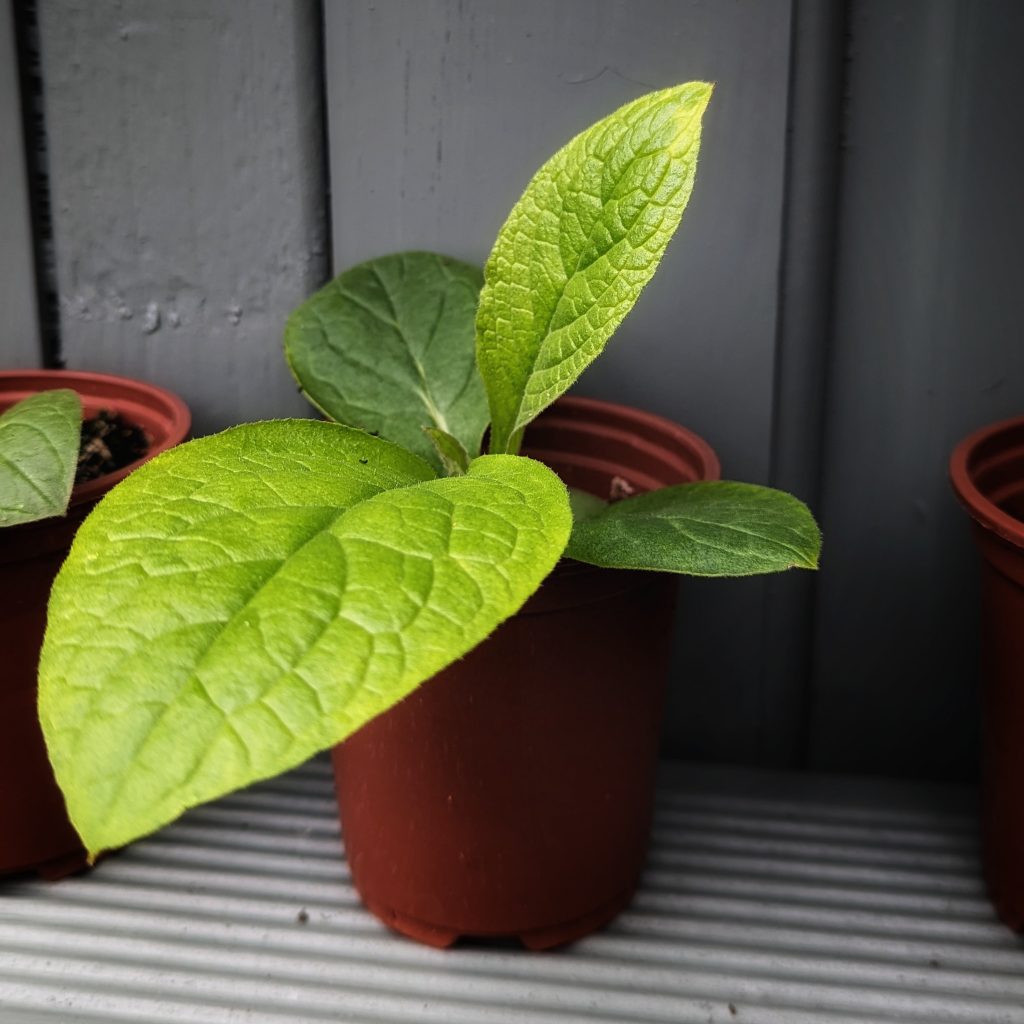
What Does Hardening Off Mean?
Plants raised indoors or in a greenhouse environment, need to be acclimatised to cooler temperatures and increased air movement for about two to three weeks before they are planted outdoors permanently. This is a ‘toughening up’ practice to prepare the plants for their new environment.
How to Harden Off
Place your plants out for a couple of hours in a shady part of the garden. The next day, leave them out again for two hours, but this time allow the plants an hour of direct sunshine in the morning. Gradually continue to increase the length of time the plants are in direct sunshine over the course of roughly two weeks.
Sow outdoors March to June
- Sow thinly, around 1.5cm deep in rows 30cm apart.
- Keep soil moist.
- Thin out if seedlings become overcrowded
Where To Grow Comfrey
Comfrey can grow in a full sun position or partial shade. The plant will tolerate most soil conditions, but will thrive in organically rich soil with good drainage
Water Requirements
Comfrey has some drought tolerance. But like to sit in evenly moist soil…not soggy!
Does Comfrey Spread ?
Yes it will! Comfrey has an extensive root system, including a very deep taproot. This is how it can efficiently obtain nutrients from the soil. The plant can spread via the roots and also fallen seeds. To contain its spread habit, plant in pots or a dedicated bed and keep on top of deadheading to prevent the dispersal of seeds.
Looking For More Flower Growing Posts?
How To Grow Verbena Bonariensis
Want To Grow A Vegetable Garden ?
Looking For more ‘Homely’ Inspo ?
Have a Nosey Around the Blog! See what i’ve been Baking, Growing and Drinking! Also, pop over and say Hi on Instagram
*Any specific health claim or nutritional claims or information provided on the Website are for informational purposes only. Nothing on the Website is offered or intended to be a substitute for professional medical, health, or nutritional advice, diagnosis, or treatment. This Website is not intended to diagnose, treat, cure or prevent any disease. You assume full responsibility for consulting a qualified health professional regarding health conditions or concerns.

